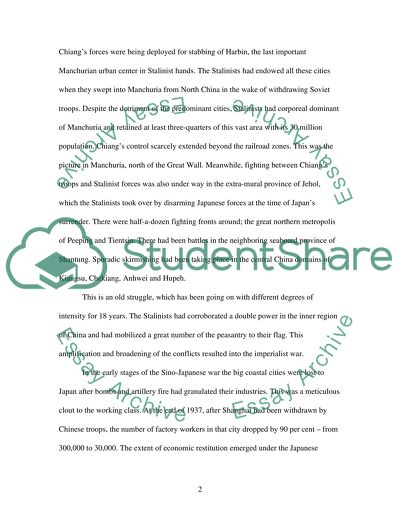Cite this document
(“China after World War II Essay Example | Topics and Well Written Essays - 2250 words”, n.d.)
Retrieved from https://studentshare.org/history/1501182-china-after-world-war-ii
Retrieved from https://studentshare.org/history/1501182-china-after-world-war-ii
(China After World War II Essay Example | Topics and Well Written Essays - 2250 Words)
https://studentshare.org/history/1501182-china-after-world-war-ii.
https://studentshare.org/history/1501182-china-after-world-war-ii.
“China After World War II Essay Example | Topics and Well Written Essays - 2250 Words”, n.d. https://studentshare.org/history/1501182-china-after-world-war-ii.


